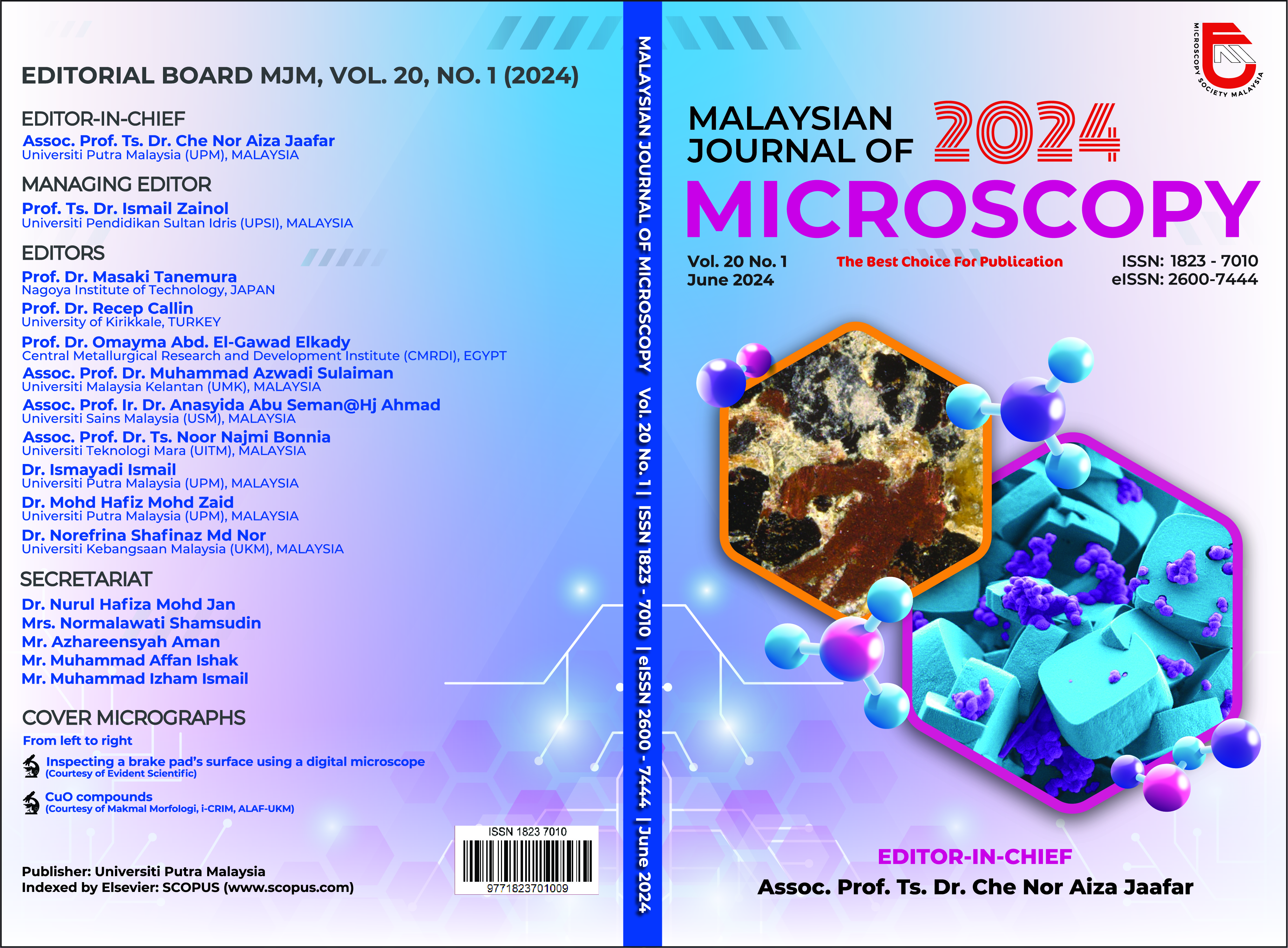INVESTIGATION OF SURFACE ROUGHNESS OF PLA CARBON FIBRE PRINTED USING FUSED DEPOSITION MODELLING
Abstract
Polylactic Acid (PLA) infused with carbon fiber represents a significant advancement in 3D printing materials, combining PLA's biodegradability and ease of use with the enhanced strength and stiffness provided by carbon fiber. This composite material exhibits improved mechanical properties and thermal resistance, making it ideal for creating durable, high-performance parts with fused deposition modelling (FDM). FDM method is one of the popular 3D printing techniques currently being used. However, numerous factors such as printing parameters can affect the quality of the product fabricated using this method. There are a lot of printing parameters that need to be investigated to achieve the desired surface quality and accuracy. In this research, three parameters were selected; printing temperature, infill density, and printing speed with three different levels to analyse their effect on the surface roughness. By manipulating the three printing parameters, a total of 9 runs were executed. For each run, three samples were fabricated to get a consistent result. The Taguchi method was applied for the designing of the experiment and analysis was done based on analysis of variance (ANOVA). The best printing parameters were used to print the sample for the dimensional accuracy test. From the research, it was found that printing temperature significantly affects the surface roughness. Meanwhile for the dimensional accuracy, by using the best printing parameter found from surface roughness testing, most of the measured parameters have a percentage of deviation lower than 5%. By optimizing the printing parameters, parts with high-quality prints using PLA carbon fibre filament can be produced.


